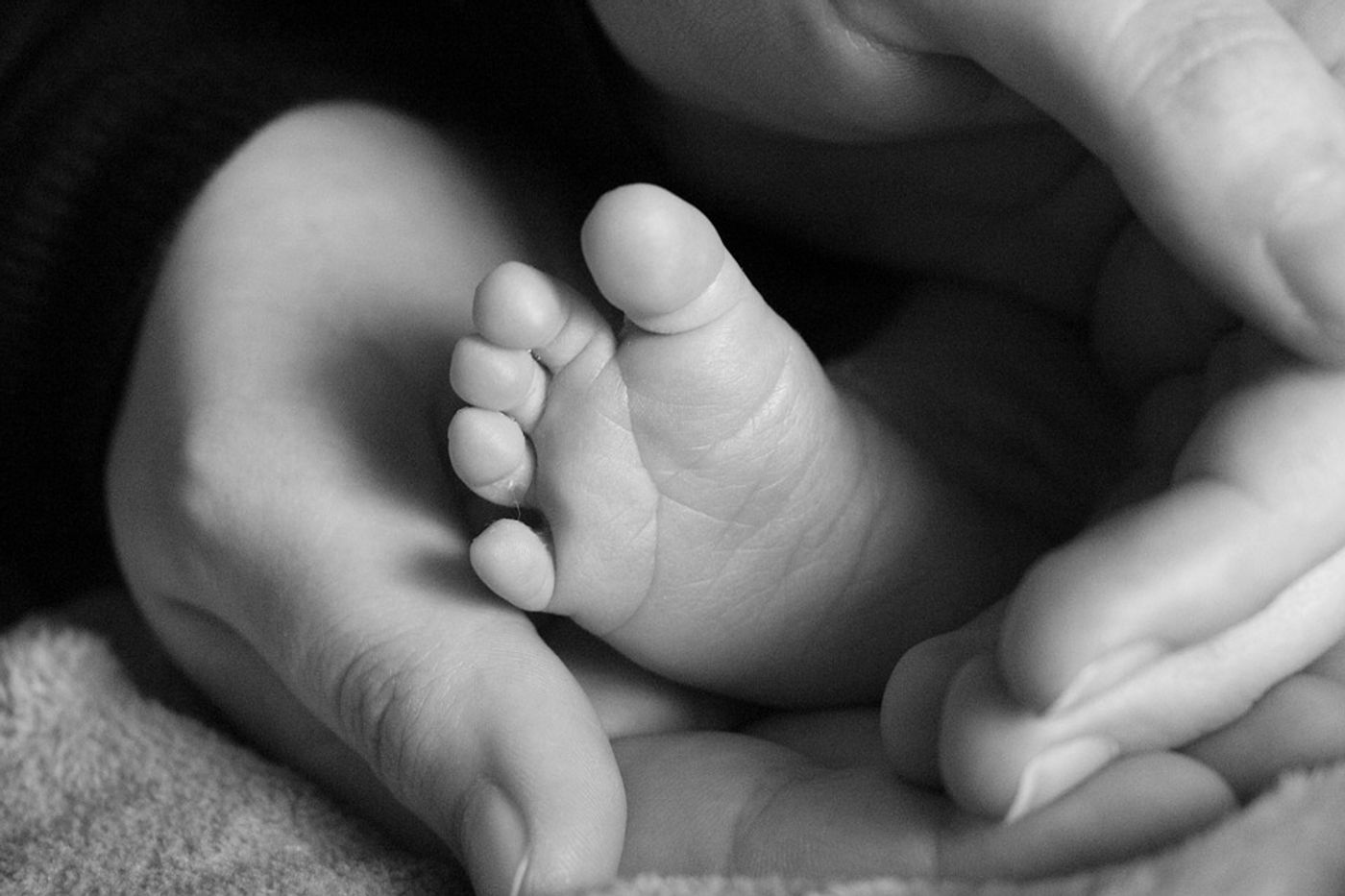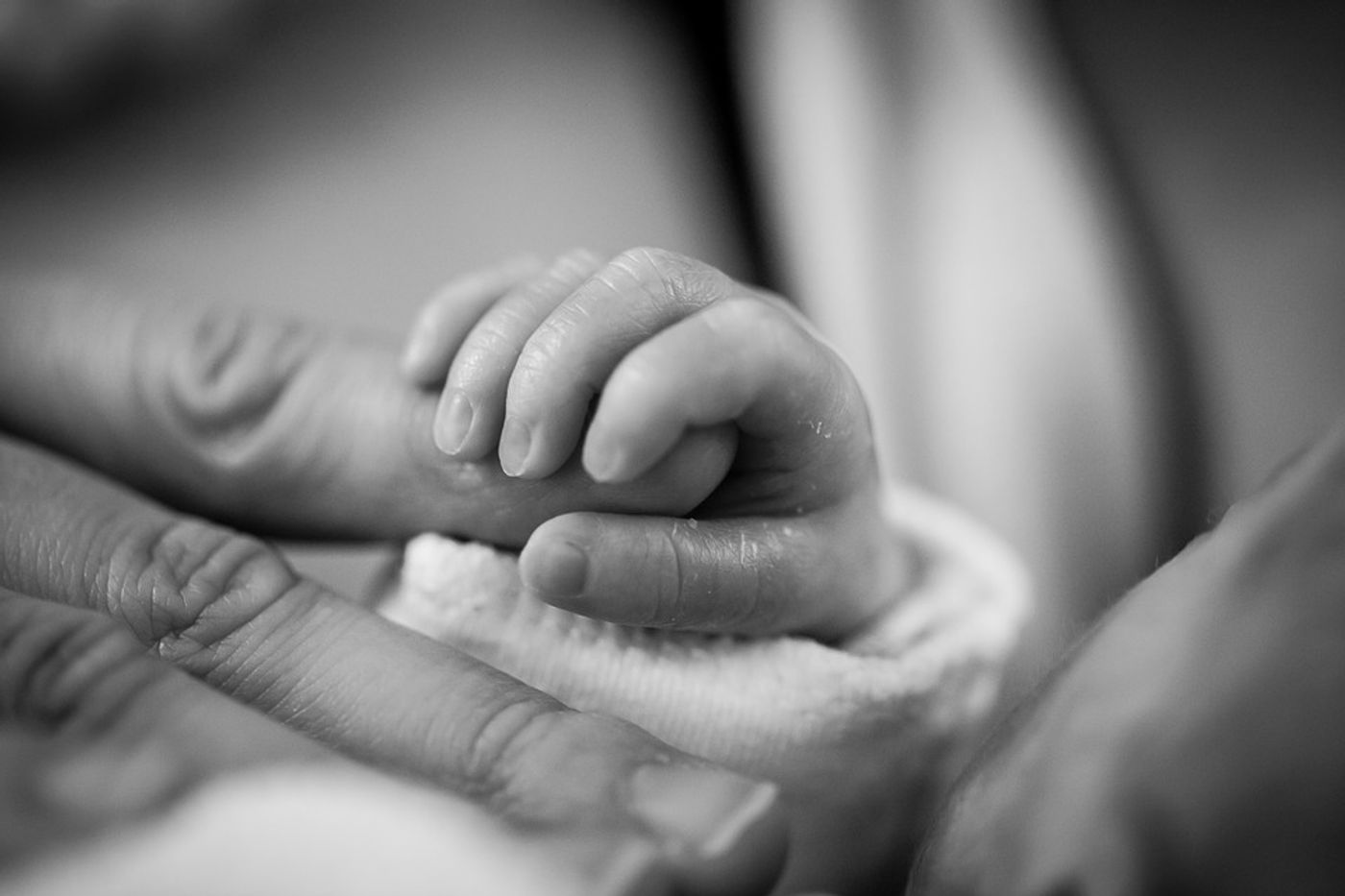No Increase In Risk For Home Births
Most babies in the United States are born in hospitals. That said, the number of mothers electing to give birth at home is on the rise. This trend likely stems from an emphasis on natural birth which is less likely to occur in hospitals. In hospitals, one in every three children is born by C-section. Additionally, other interventions, such as induction, are common in hospital settings.
Women who had intended to have a natural birth in a hospital sometimes report feeling coerced into these interventions. This leaves a growing number of women with low-risk pregnancies to choose home birth.
Of those choosing to give birth at home, most are non-Hispanic white women. They are less likely than their hospital-choosing counterparts to be obese. They are also less likely to smoke, and more likely to have graduated from college. Additionally, many at-home births are paid for out-of-pocket compared to less than 5% of women who give birth in hospitals.
A new international study has recently shown that these births have no increased risk of neonatal or perinatal death when compared to low-risk births in hospitals. The study looked at data from nearly one million births from mothers in eight well-resourced countries.
These births, having occurred since 1990, Took place in Sweden, New Zealand, England, Netherlands, Japan, Australia, Canada, and the United States. Researchers found no clinically important difference and rest between low-risk home births and hospital groups.
This suggests that women choosing to give birth at home can likely do so safely. It also suggests that insurance coverage and other resources should extend to women seeking home births as they are equally safe and less costly to provide.
Additionally, the reduced stress woman may experience giving birth in the comfort of her own home is likely to have positive outcomes for both mother and child.
When maternal deaths do occur in any setting they are most often the result of a cardiovascular event. These often include postpartum hemorrhage, high blood pressure, and eclampsia, or pulmonary embolism.
Many women are fearful that a birth occurring at home may not have all the necessary life-saving equipment required in the case of an unplanned event. The above video takes a look at what a midwife packs in their birthing bag to bring along during home births.
Sources: The Lancet, Reuters Health










